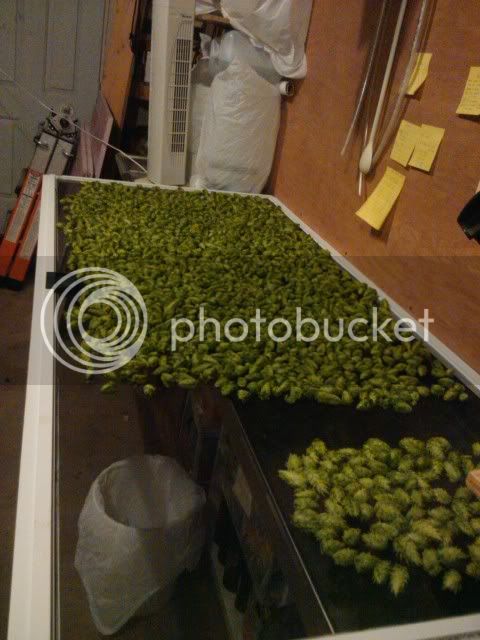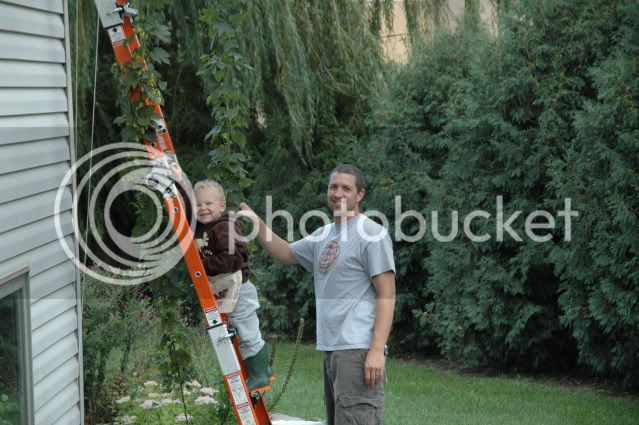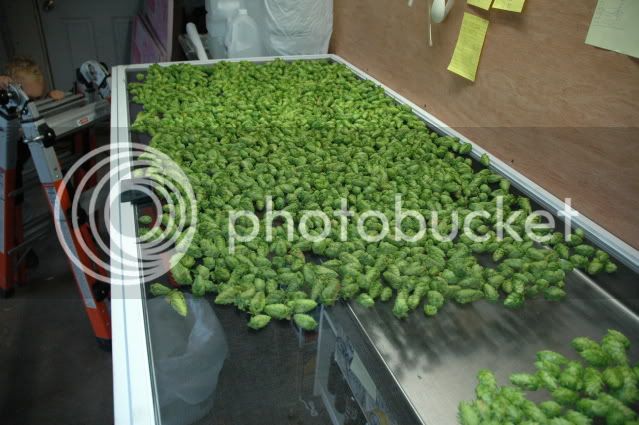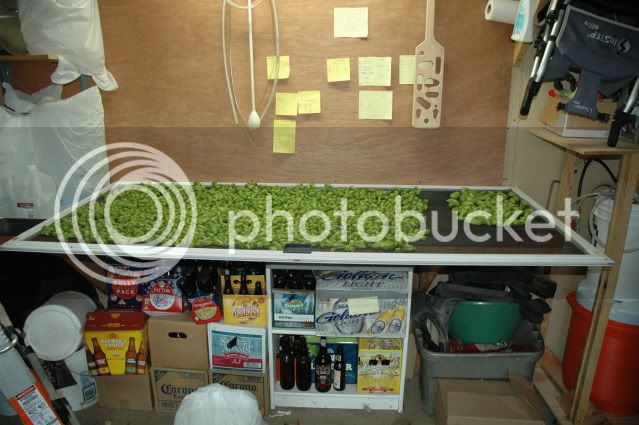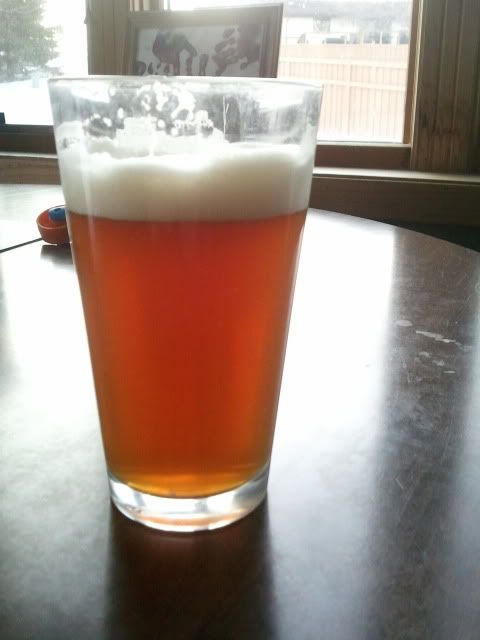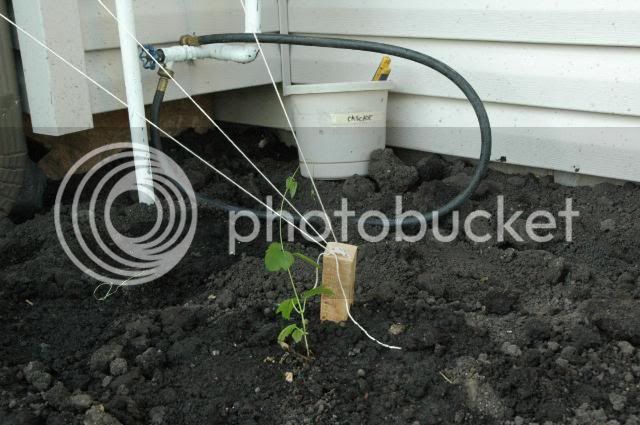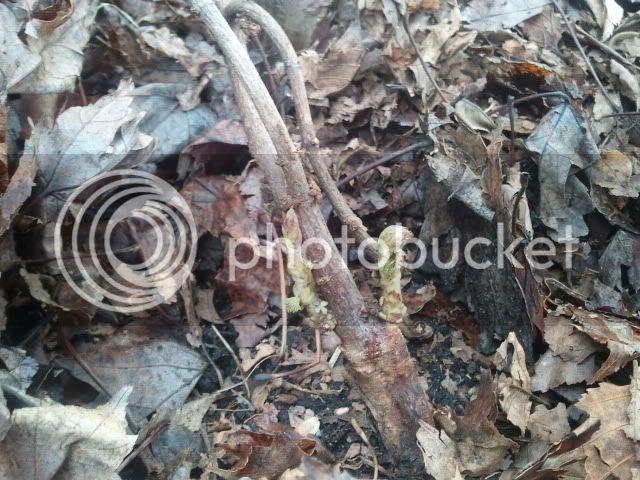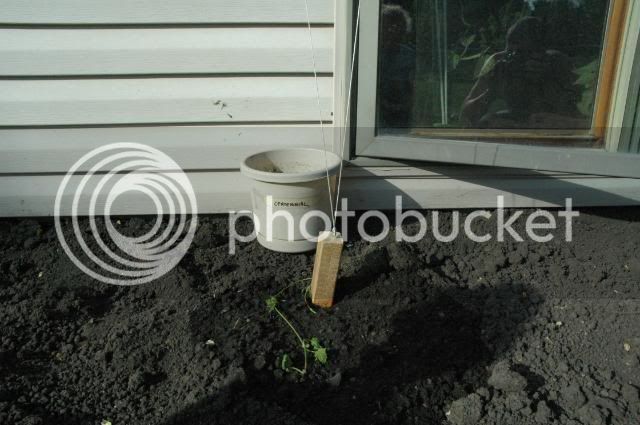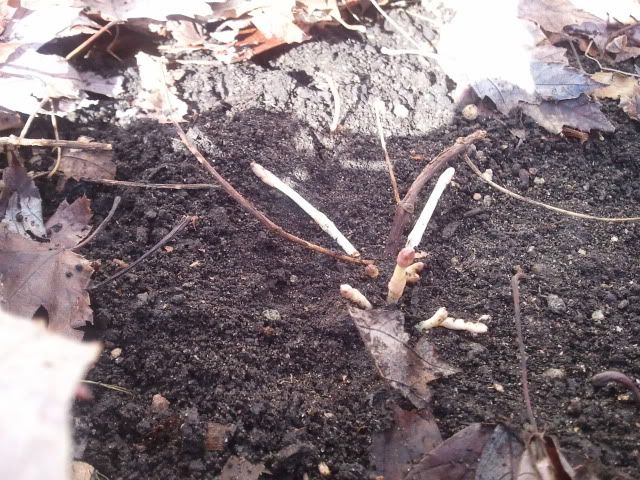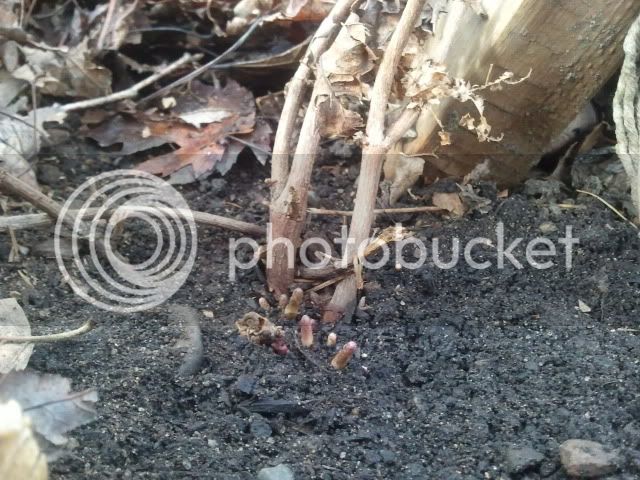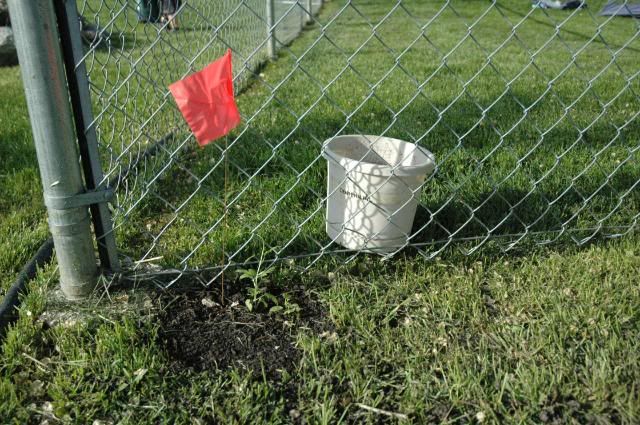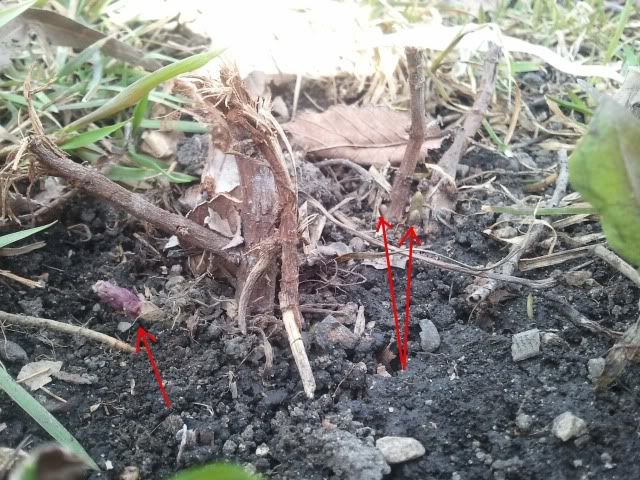Well, here's the update, everyone.
My boy and I got out onto the ladder last week and harvested the hops that were ready. The Cascades (pictured below) WERE really ready, and I could have most likely harvested them a few days earlier but I wanted to error on the side of caution.
For other first-time harvesters, here's my experience with my hops. Some of the cones started to turn brown, and the top-most part of the cones started to curl up. The cones felt very papery and made a crunch like if you were squeezing a ball of tissue paper. They sprang back quickly and just felt "dry" and the lupulin was very gold. I did have some that weren't ready so I left them on the vine.
I had heard reports of them smelling citrius-like, but mine never really did. The aroma wasn't necessarily "strong" and didn't smell at all like the pellets, and for some reason I expected that it would. They smelled like weeds to me, but once I got into the pickin, it they smelled much more hop-like.
Both of the two, tall Cascade plants AND the Chinook on the fence by the trees have spurs from newly grown side-shoots, so I didn't touch those. About half of the Chinooks cones were ready so there are still probably 30-40 cones still on the plant. I didn't touch the Centennial on the fence, but those cones are teeny.
I took better pics, but here's one for now.
Most of these are Cascade, the ones in the bottom right are Chinooks. Very different looking cones.



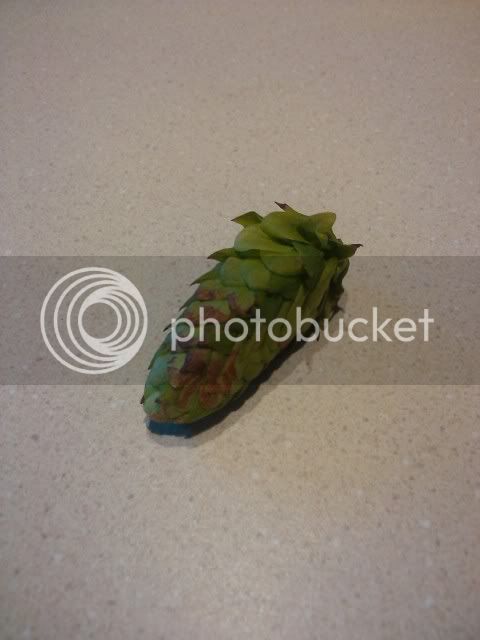
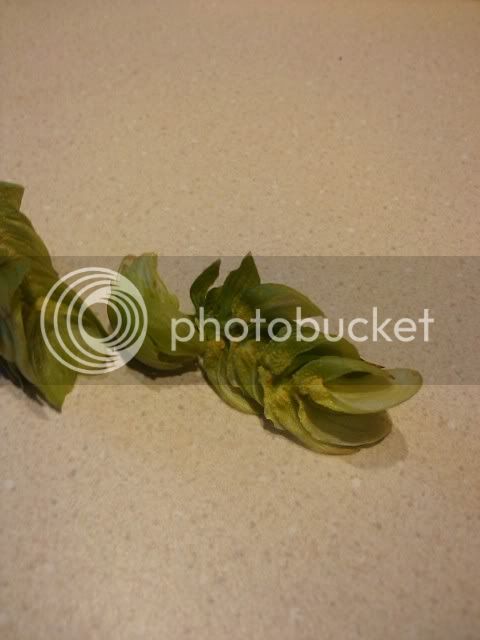











![Craft A Brew - Safale BE-256 Yeast - Fermentis - Belgian Ale Dry Yeast - For Belgian & Strong Ales - Ingredients for Home Brewing - Beer Making Supplies - [3 Pack]](https://m.media-amazon.com/images/I/51bcKEwQmWL._SL500_.jpg)












































